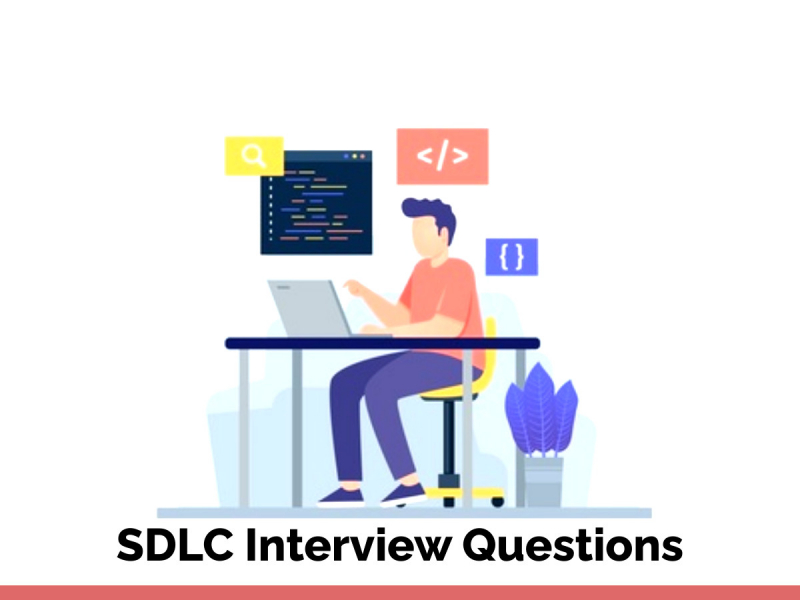It is a very tedious task to develop software without any kind of architect. To solve this problem, SDLC comes into play. SDLC is an acronym for the Software Development Life Cycle, also known as the Software Development Process. SDLC is a method that comprises of a set of actions to create or edit numerous software products. Thus, people with an interest in software development must be aware of top SDLC Interview Questions and Answers.
Sometimes, it can be difficult to build large complex software. SDLC has a huge system devoted to overcoming such problems that can possibly occur otherwise. There are 7 junctures namely planning, requirements, designing and prototyping, software development, deployment, testing and operations, and maintenance. These methods followed are genius in their approach and work as efficiently as possible. SDLC uses many strategies and practices to lessen the amount of risk and direct toward success.
It includes an absolutely enhanced approach to provide knowledge of how one can perform different advancements such as altering, replacing, editing, developing, and maintaining a particular software. A complete thorough model used and the software quality improvement is known as the life cycle.

